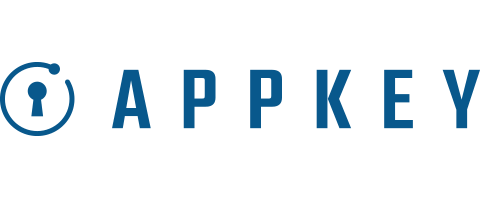
How are applications developed
The first step is to understand what the customer wants and needs from the application. This includes listening to their requests and determining specific requirements.
Next, the development company will create a proposal based on the requirements definition, which will include the development plan and estimated cost.
If the proposal is accepted, a contract is signed to legally confirm the development period, cost, and how the development will proceed.
The next step is to design the screen and operability of the application with a focus on creating an easy-to-use interface for the user.
By following these steps, the application development process can proceed smoothly.
1.When it comes to creating an app, there are specific steps that need to be taken.
The first step is requirement definition. This means that the development team will listen to the customer’s requests and determine the specific requirements for the app, such as the necessary functions and design.
This stage happens at the beginning of the app development process, and it’s where the customer and development team communicate to understand each other’s vision for the app. They’ll discuss how the app will work and what it should look like.
By defining the requirements, the development team will get a complete picture of what the app needs and can identify the technology, skills, and resources needed to develop it.
This step is also important for the customer because it allows them to share their vision for the app and provide feedback on the progress of the development. Ultimately, requirement definition is a crucial step for successful app development.
2.After the requirements definition stage, the development company will prepare a proposal for the client.
This proposal includes the specific app specifications, development policies, and cost estimates based on what was discussed during the requirements definition stage.
In other words, the company will present details such as what kind of application will be developed, what technology will be used to develop it, and how long it will take and how much it will cost.
The proposal is an important document because it helps the client make a decision on which development company to choose based on the specifics presented.
3.If the client agrees to the proposal presented by the development company, a contract is then signed.
This contract is a legal confirmation of the agreement between the client and development company and includes specific details related to the app development process.
The contract outlines the app development period, development costs, format of deliverables, rights relationships, and how the development and operation of the app will proceed. It also describes the arrangements between the two parties, penalties for non-performance, and dispute resolution methods.
By signing a contract, both parties can clarify their responsibilities and obligations to each other, ensuring a smooth app development process.
4.Design and UI/UX design is the process of creating the look and functionality of the app.
During this stage, the development team considers the design of the screens and buttons that the users of the app will interact with and designs the UI/UX (user interface/user experience) based on how the users will use the app to make it user-friendly.
The UI is the interface through which the user interacts with the app, and the UX refers to the overall experience the user gets from using the app.
The main goal of the design and UI/UX design stage is to make the app easy and intuitive for users to use, resulting in a positive experience for the user.
5.Development is the stage where the programmers write the code necessary for the app to function properly.
This stage involves the use of programming languages to create the programs that make each function and screen of the app work. The development process also includes testing and making modifications to ensure the app is working correctly.
The development stage is based on the requirements definition and design/UI/UX design stages, and modifications and improvements may be made during the process to ensure the final product meets the client’s expectations. Ultimately, the finished app will be functional and ready to use.
6.Testing and quality assurance is the process of carefully checking the app once development is finished.
Testing and quality assurance are important steps in the app development process. Once the development of the app is complete, we conduct thorough testing to ensure that everything works as expected. This process involves checking for any bugs or glitches that may have been missed during development and correcting them. We also verify that the app is secure, does not crash, and is easy to use. By performing these checks, we can guarantee the quality of the app and ensure that it meets the requirements set out in the initial proposal and contract.


